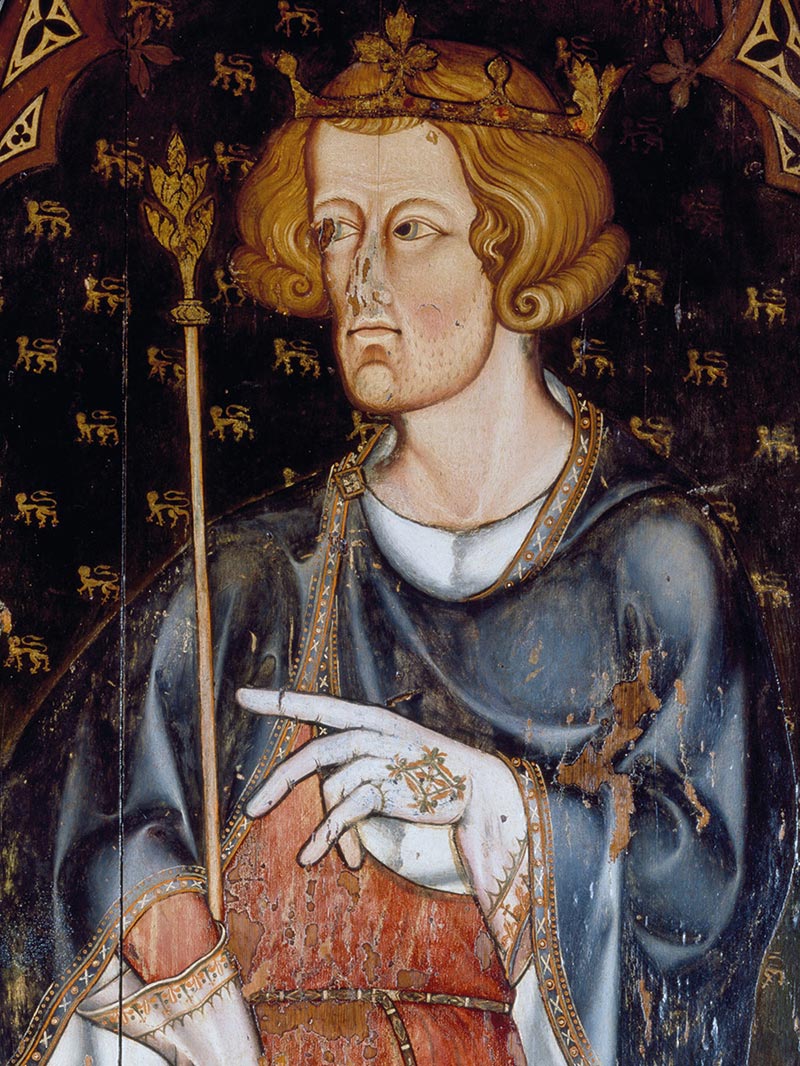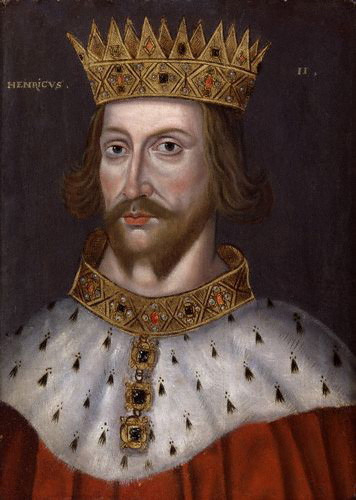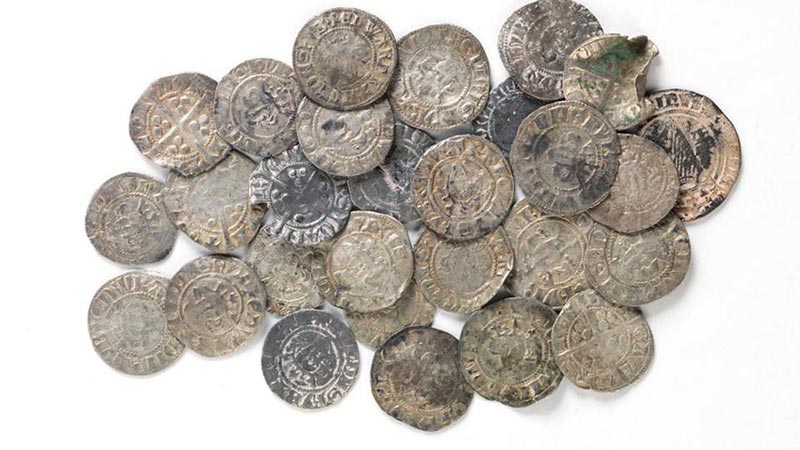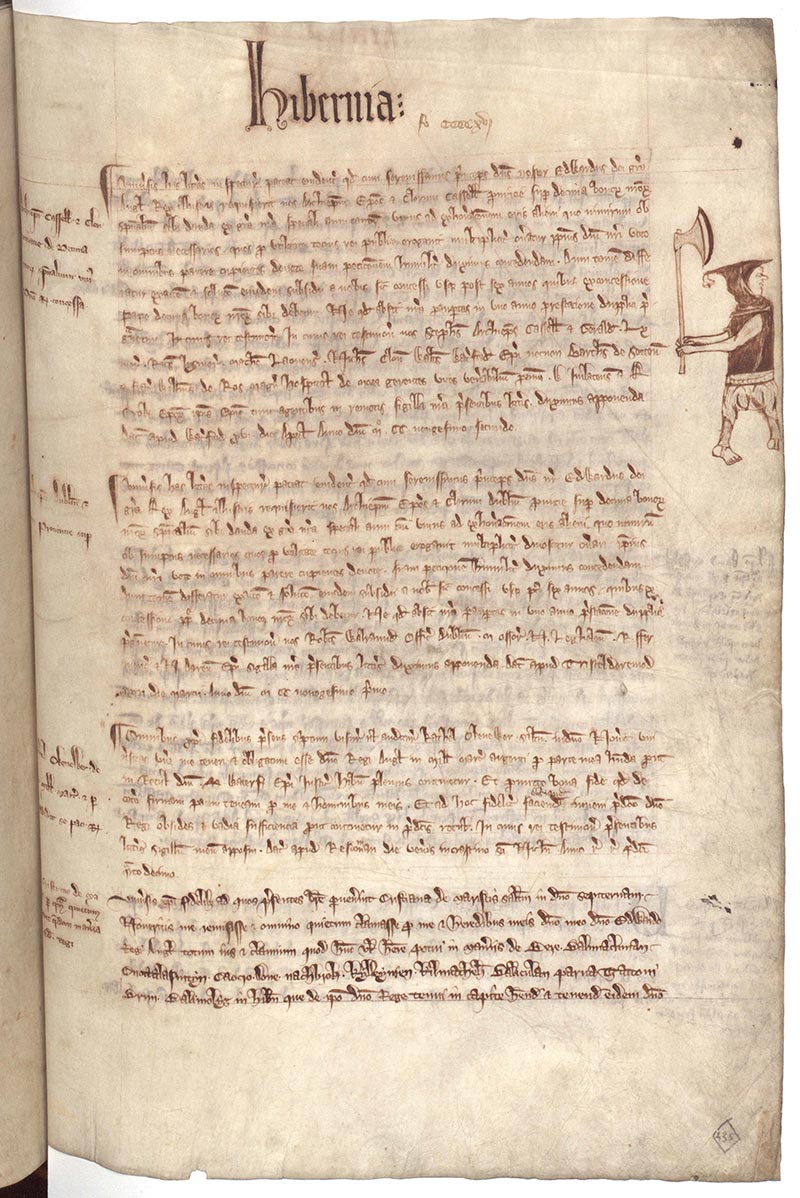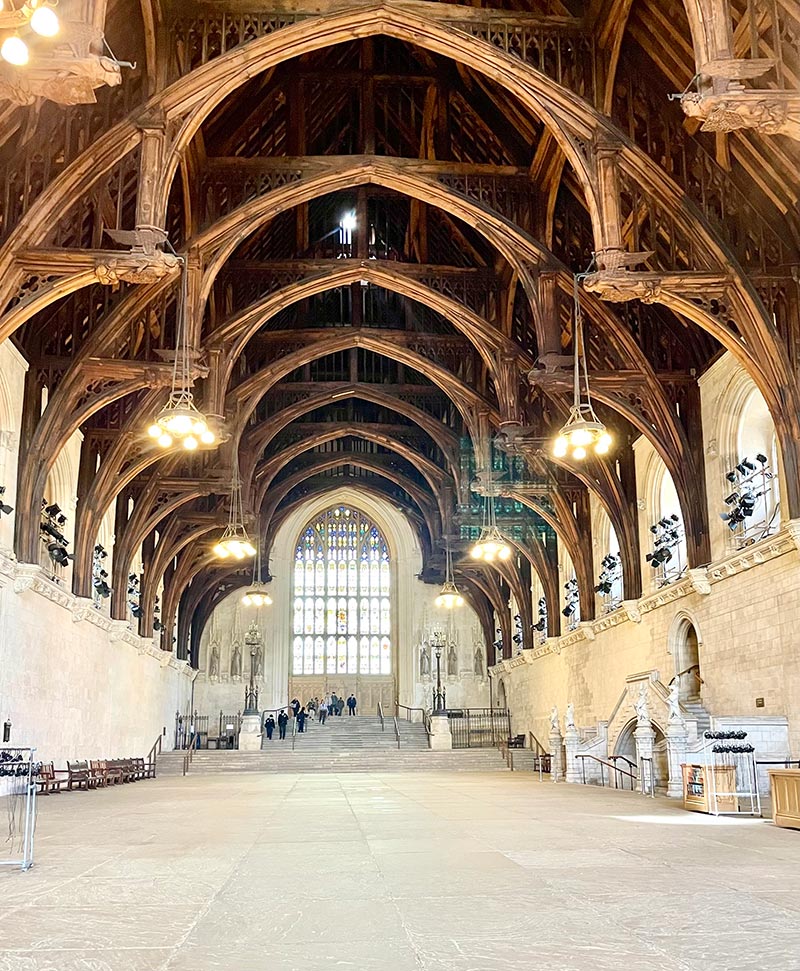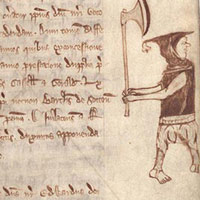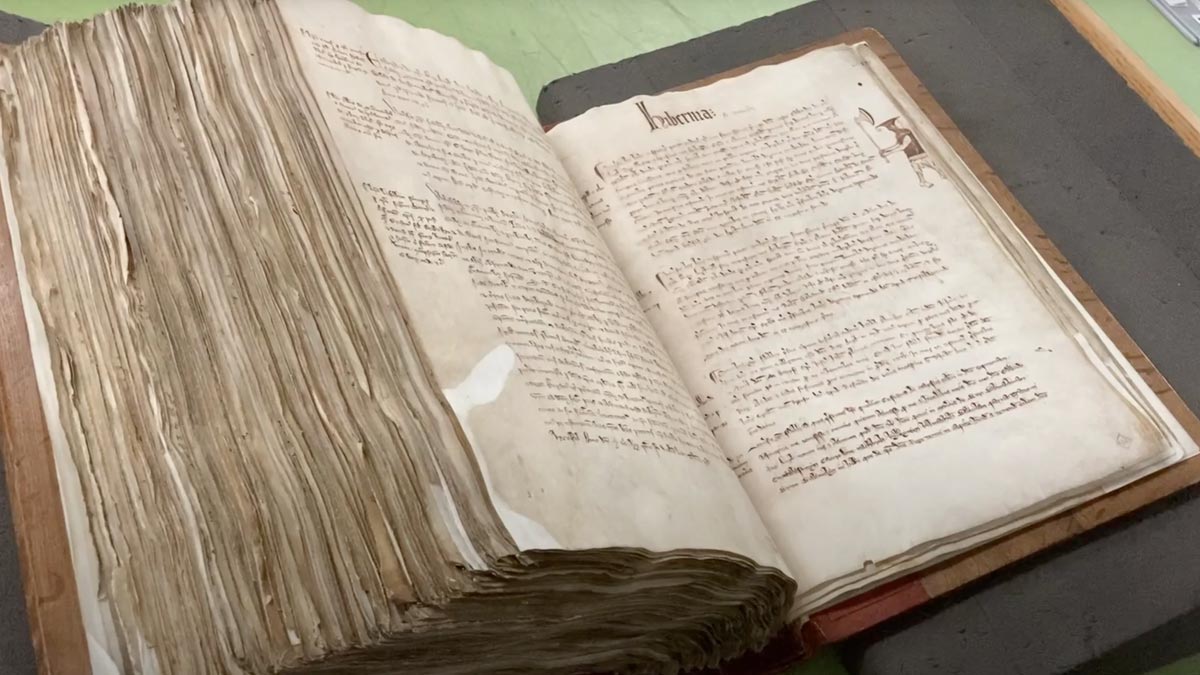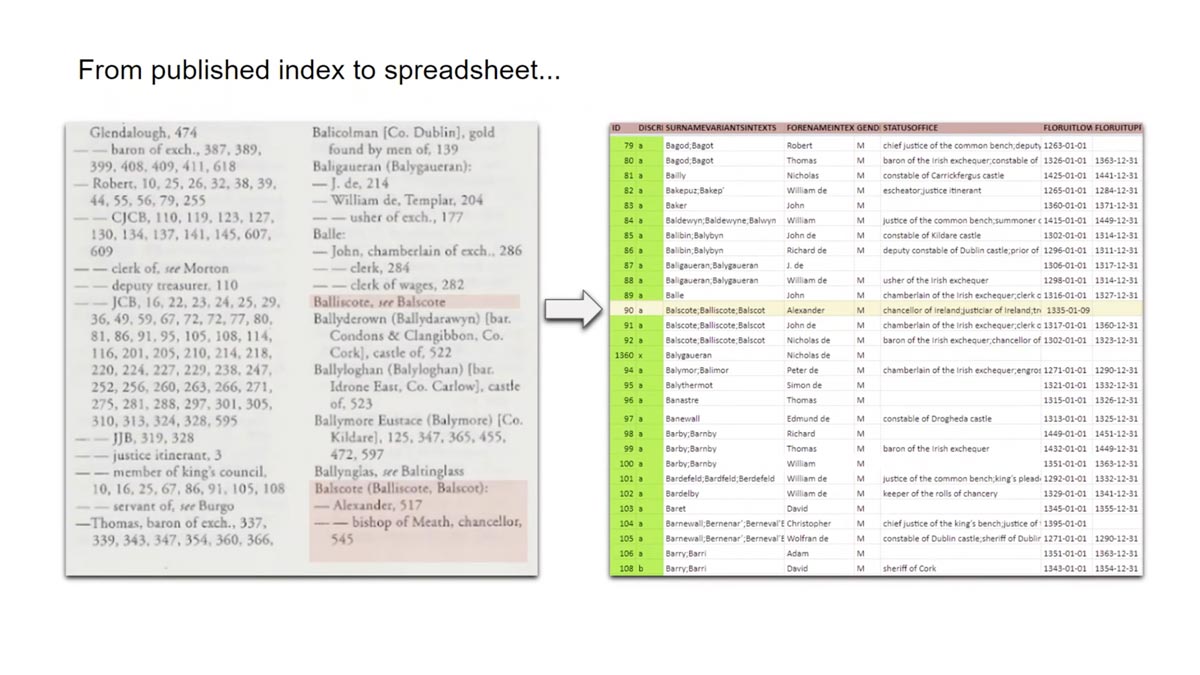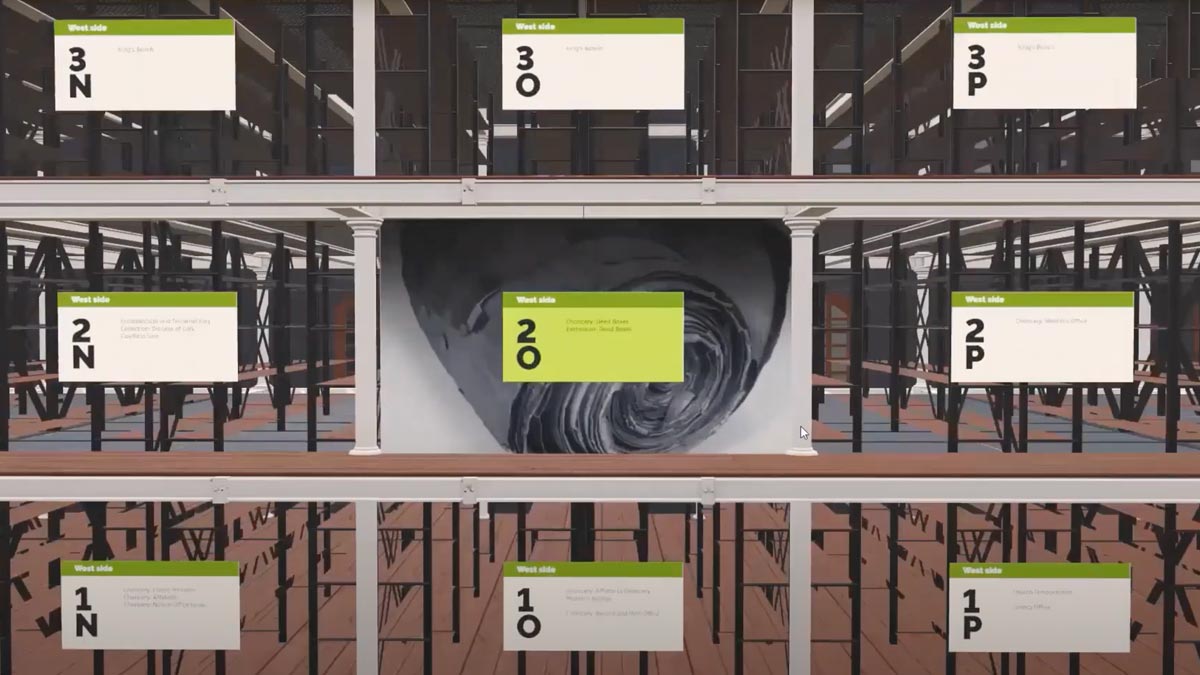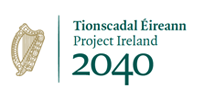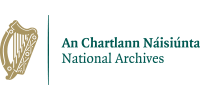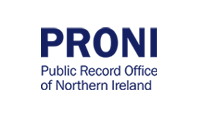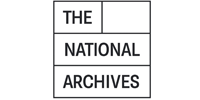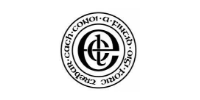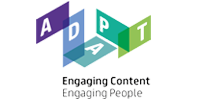



via the Knowledge Graph
 Explore People
Explore People Introduction
The Royal Revenue, 1270–1450, Gold Seam provides access to one of the most significant and underused sources for the history of late-medieval Ireland and its connections with Britain and the wider world—the records of the medieval Irish exchequer. The exchequer was responsible for collecting and spending the king’s money in Ireland. This included rents from land, payments and fines, customs on goods, court fees, and taxes. Royal Revenue, 1270–1450, is a partnership with The National Archives UK and the Irish Manuscripts Commission. Drawing on the work of Dr Philomena Connolly (d. 2002, Senior Archivist, National Archives, Ireland), this Gold Seam was curated by Dr Elizabeth Biggs with Dr Paul Dryburgh and Dr Peter Crooks.
Dating back to the thirteenth century and continuing for nearly 200 years, these records are a treasure trove of information about Irish society, economy and politics in the centuries after Ireland was conquered. They offer fresh insights into many aspects of everyday life across most of the island: wealth and power, war and diplomacy, trade and economic activity, law and landholding, religion and political culture. The records reveal how royal government was financed and how Ireland was administered by—and for—the English crown.
This Gold Seam draws together an extraordinary series of documents created at the Irish and English exchequers between 1250 and 1450. Many of these parchment records (parchment was specially prepared animal skin—usually sheep or goat—used for writing before paper was commonly available), created by clerks working in the Irish exchequer, were written up in triplicate. One copy remained in Ireland, while the others were sent to the English exchequer in Westminster for audit. There they remained for centuries, first at Westminster and later the Tower of London. They are now held at The National Archives (UK), London.
What can I find here?
Original Parchment Documents with Translations
At the heart of this Gold Seam is the largest collection of original parchment documents concerning medieval Ireland to survive anywhere in the world. These documents are now held at The National Archives (UK). The collection comprises 400 files, containing around 1,000 individual archival items with approximately 25,000 entries. The documents were mostly written in Ireland by Irish exchequer clerks between 1270 and 1446.
- There are three main categories of original records represented here:
- Receipt rolls containing details of incoming payments to the Irish exchequer
- Issue rolls (also known as payment rolls) recording outgoing payments made by the Irish exchequer
Enrolled accounts (1293 and 1446), created by the English exchequer at Westminster, which provide summaries of audited Irish revenue and payments
The Gold Seam includes a new digital edition in TEI-XML by the project team of the receipt rolls from 1270 to 1315 when English power reached its greatest extent across two-thirds of Ireland. This period is documented by the most consistent and continuous run of receipt rolls to survive. The records cover dramatic political and economic changes in Ireland and the wider world to which the island and its peoples were connected. These translations from the original Latin are interlinked with images of the original manuscript receipt rolls.
The Gold Seam also includes Irish Exchequer Payments, an English-language calendar of the Irish issue rolls edited by Dr Philomena Connolly and published by Irish Manuscripts Commission. This publication is fully text-searchable and interlinked with images of the original payment rolls.

